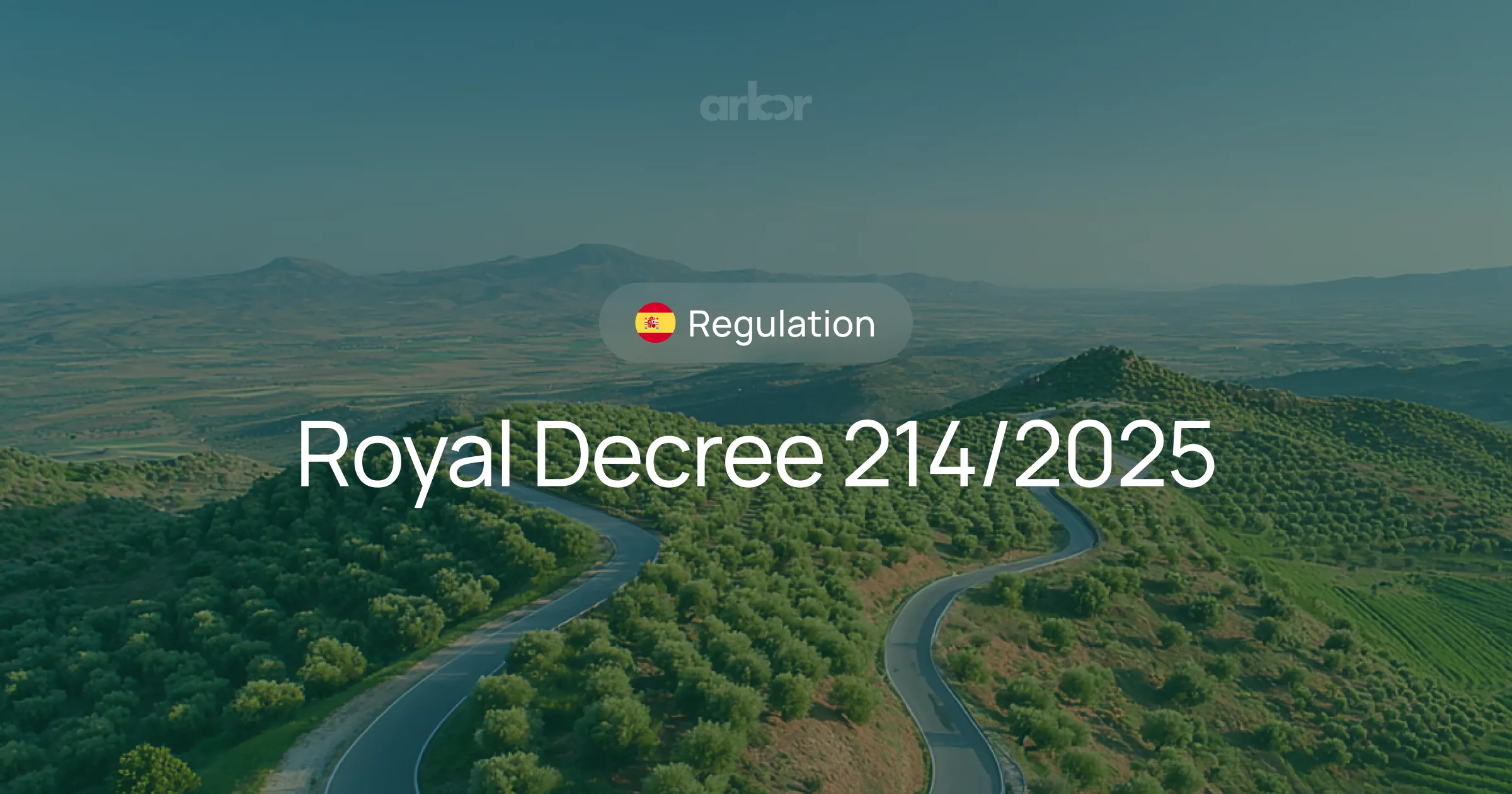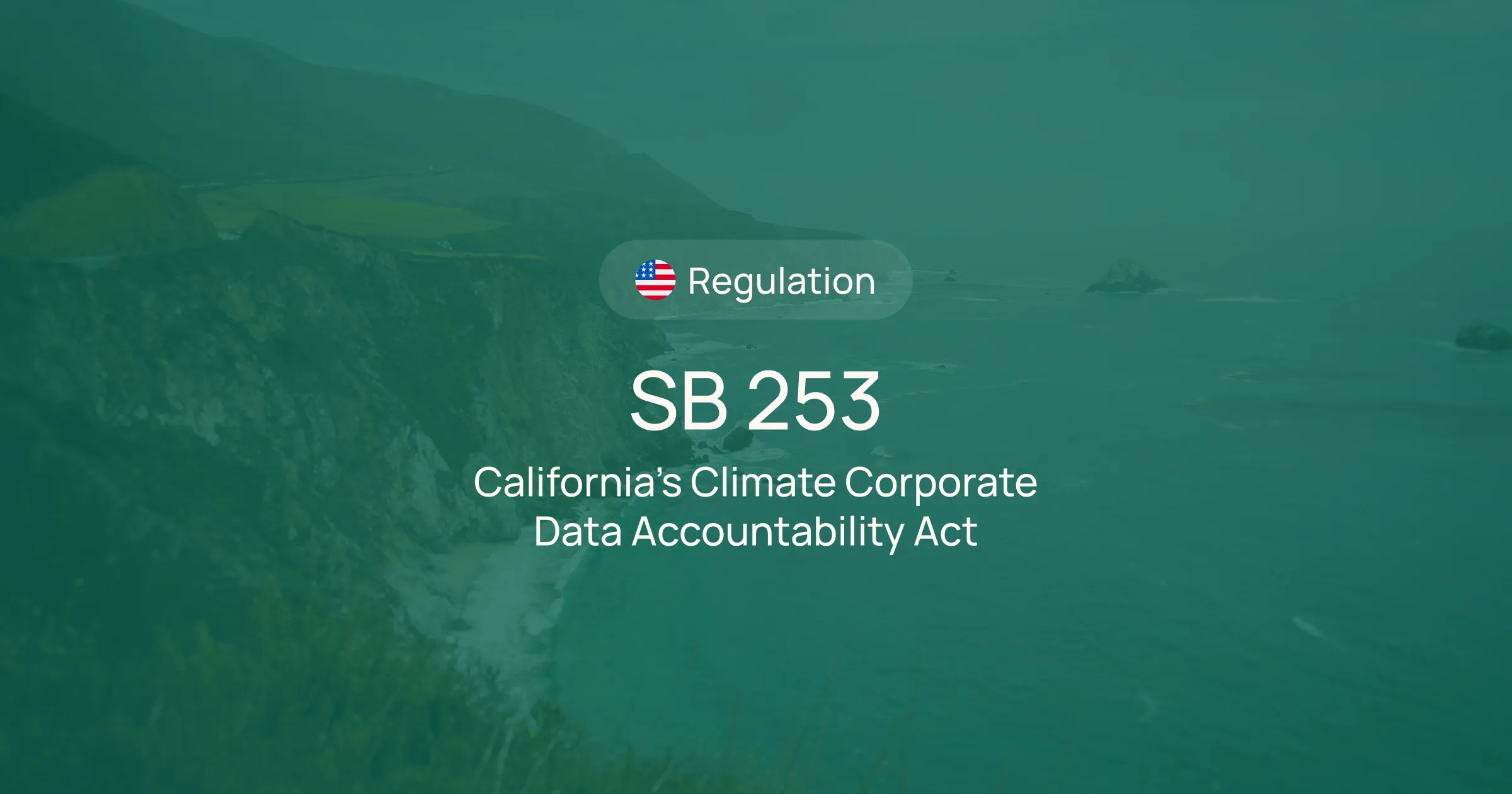Carbon neutrality, a term increasingly becoming a focal point in climate change and sustainability discussions, refers to achieving a balance between emitting carbon and absorbing carbon from the atmosphere in carbon sinks. Carbon neutrality is rooted in the understanding that while certain human activities inevitably produce carbon emissions, these emissions can be offset or balanced out through various means, resulting in a net zero carbon footprint.
Carbon neutrality is a theoretical construct and a practical goal that individuals, businesses, and even nations strive to achieve. This is because achieving carbon neutrality is seen as a critical step towards mitigating the impacts of climate change. In this in-depth glossary entry, we will explore the concept of carbon neutrality in detail, discussing its significance, how it can be achieved, and the challenges involved.
Understanding Carbon Emissions
Before we discuss carbon neutrality, it is important to understand carbon emissions and why they cause concern. Carbon emissions, also known as greenhouse gas emissions, primarily consist of carbon dioxide and methane. These gases are released into the atmosphere through various human activities, such as burning fossil fuels for energy, deforestation, and industrial processes.
The problem with these emissions is that they contribute to the greenhouse effect, a natural process vital for life on Earth but exacerbated by human activities. The greenhouse effect refers to trapping the sun's warmth in the Earth's atmosphere, essential for maintaining the planet's temperature. However, excess greenhouse gases in the atmosphere trap more heat, leading to global warming and climate change.
The Role of Carbon Sinks
Carbon sinks play a crucial role in the carbon cycle and in mitigating the impacts of carbon emissions. A carbon sink is any system that absorbs more carbon than it releases. The most common examples of carbon sinks are forests, which absorb carbon dioxide during photosynthesis, and oceans, which absorb carbon dioxide from the atmosphere.
However, the capacity of these natural carbon sinks is not infinite and is being adversely affected by human activities. For instance, deforestation not only reduces the number of trees available to absorb carbon dioxide but also releases the carbon stored in these trees. Similarly, while oceans absorb a significant amount of carbon dioxide, this leads to ocean acidification, which is harmful to marine life.
The Concept of Carbon Neutrality
Now that we have a basic understanding of carbon emissions and carbon sinks, we can delve into the concept of carbon neutrality. As mentioned earlier, carbon neutrality refers to balancing the amount of carbon emitted and absorbed from the atmosphere. This does not necessarily mean that no carbon is emitted but that equivalent absorption or reduction efforts offset the emissions.
There are various ways to achieve carbon neutrality. One common approach is to reduce carbon emissions through energy efficiency and renewable energy sources. Another approach is to enhance the capacity of carbon sinks through activities such as reforestation and afforestation. Carbon offsetting, which involves compensating for one's carbon emissions by funding projects that reduce or remove greenhouse gases elsewhere, is another commonly used strategy.
Renewable energy, derived from natural processes that are continuously replenished, includes sources such as wind, solar, hydro, and geothermal energy. Transitioning to renewable energies helps significantly reduce carbon emissions, as these sources produce fewer greenhouse gases than fossil fuels. By incorporating renewable energy into their operations, companies can lower their carbon footprint and move closer to achieving carbon neutrality. For example, installing solar panels or using wind energy for power cuts emissions and results in long-term cost savings.
Carbon Offsetting
Carbon offsetting is a key component of many carbon neutrality strategies. It involves investing in projects that reduce, avoid, or remove greenhouse gas emissions to compensate for the ones one cannot eliminate. These projects can range from renewable energy projects, such as wind or solar farms, to reforestation projects, which enhance the capacity of carbon sinks.
However, carbon offsetting is not without its controversies. Critics argue that it allows businesses to avoid making necessary changes to their operations. There are also concerns about the integrity of some offset projects and whether they deliver the promised emission reductions. Despite these concerns, if done correctly, carbon offsetting can be a valuable tool in the quest for carbon neutrality.
Importance of Carbon Neutrality
Carbon neutrality is a critical goal in the fight against climate change. By achieving carbon neutrality, we can stabilize and eventually reduce the concentration of greenhouse gases in the atmosphere, thereby mitigating its impacts. This is why many countries have set targets to achieve carbon neutrality in the coming decades.
Beyond the environmental benefits, achieving carbon neutrality can also have economic and social benefits. For instance, shifting towards renewable energy can create jobs, reduce air pollution, and improve health. Moreover, businesses that achieve carbon neutrality can enhance their reputation and appeal to increasingly environmentally conscious consumers.
Challenges in Achieving Carbon Neutrality
While the concept of carbon neutrality is straightforward, achieving it is a complex task that involves numerous challenges. One of the main challenges is the current dependence on fossil fuels for energy. Transitioning to renewable energy sources requires significant investments and infrastructure changes.
Another challenge is the need for technological advancements to increase energy efficiency and to develop effective carbon capture and storage solutions. There are also socio-economic challenges, such as the potential impact on jobs in industries heavily reliant on fossil fuels. Furthermore, achieving carbon neutrality requires global cooperation, which is a challenge given nations' differing economic and political interests.
Summary
Carbon neutrality is a critical goal in the fight against climate change. While the path to achieving this goal is fraught with challenges, it is a journey that individuals, businesses, and nations must undertake. By understanding the concept of carbon neutrality and the steps needed to achieve it, we can all play a part in creating a sustainable future.
As we continue to educate ourselves and others about carbon management and sustainability, it's important to remember that every action counts. Whether we reduce our carbon footprint, advocate for sustainability policies or support businesses committed to carbon neutrality, we all have a role in this global effort.
As an executive or project leader committed to steering your company towards a sustainable future, the journey to carbon neutrality can be streamlined with Arbor's cutting-edge carbon management platform. Our tools are designed to address the challenges you face, from regulatory pressures to the need for reliable data and efficient reporting.
With Arbor, you can calculate emissions with precision, gain actionable insights, and ensure compliance with climate legislation — all through an easy-to-use platform tailored to your industry's needs. Embrace your role as an environmental champion and request a demo today to discover how Arbor can transform your company's approach to carbon management.
Measure your carbon emissions with Arbor
Simple, easy carbon accounting.





.webp)











%20Arbor.avif)





%20Arbor.avif)


.avif)






%20Arbor%20Canada.avif)

.avif)
%20Arbor.avif)
.avif)






_.avif)
.avif)
%20Arbor.avif)




%20Software%20and%20Tools.avif)





.avif)
.avif)




%20EU%20Regulation.avif)












.avif)


%20Arbor.avif)








_%20_%20Carbon%20101.avif)







.avif)

.avif)
.avif)



.avif)








